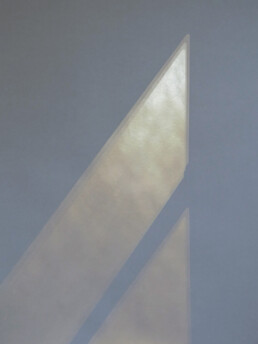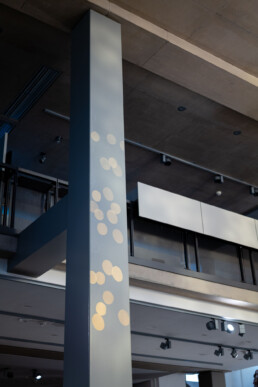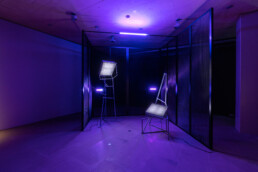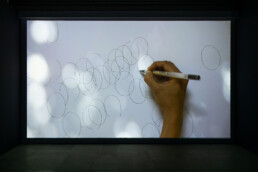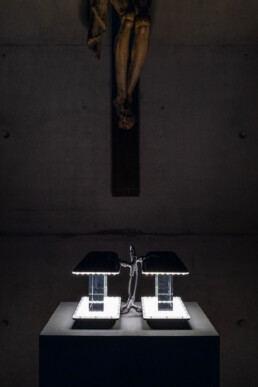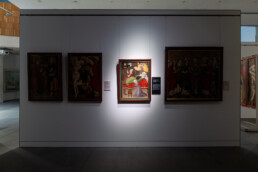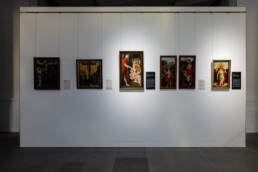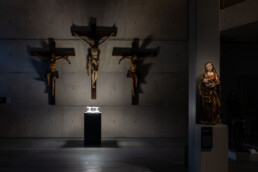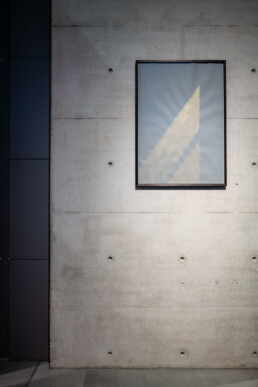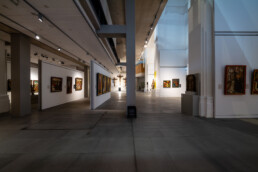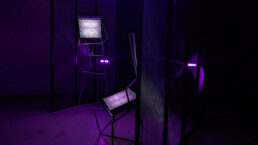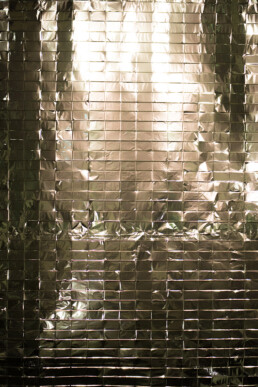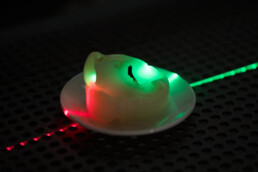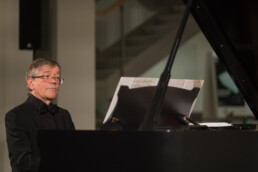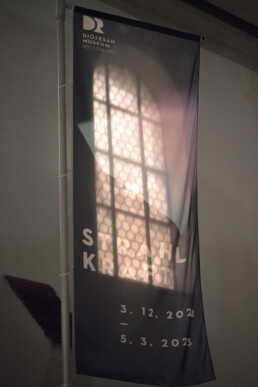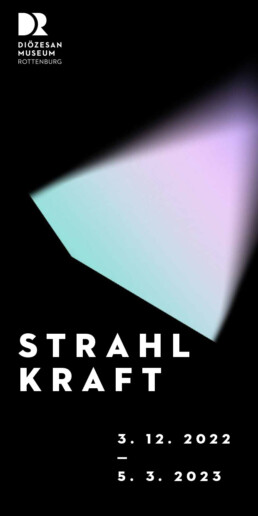Radiance
Uncertainty in the gas supply and skyrocketing energy prices are currently giving great emphasis to the topic of light. The experience of increasing and decreasing light – and the fear of its absence – is now something people experience particularly closely in times of almost universal artificial lighting.
Hope, warmth, security, knowledge, life: Light is culturally and historically linked with a multitude of associations that point to existential dimensions. Light cycles determine our everyday and annual rhythms, impressive light phenomena such as sunrises and sunsets, rainbows and starry scales evoke strong emotions.
Since time immemorial, light has also been a central aspect of religious experience. Even in prehistoric societies, the worship of the sun, moon and stars as well as the observation of celestial bodies were central to ritual acts. From the stone circles in the British Isles to the caves of Lascaux in southern France to the pyramids in ancient Egypt, people aligned buildings to precisely mark the solstices.
In the Old and New Testaments, light is not only an accompanying phenomenon of divine revelations, but an archetypal symbol of the salvation-historical relationship between God and man and a characteristic of God himself. A highly condensed symbolism of light accordingly characterises Christian liturgy and sacred art. The belief that the birth of Jesus Christ brought light into the darkness makes light the central symbol of Advent and Christmas.
But how is light – sensual-natural and supernatural-spiritual light – taken up and visualised in the artworks of the Diocesan Museum? Shining gold robes, luminous bodies, rays of light breaking through clouds and walls, sophisticated colour tints and light effects: The fascinating variety of artistic interpretations of light is the focus of the Christmas exhibition at the Diözesanmuseum Rottenburg.
Together with the stars, nimbuses and gold grounds of medieval panel painting, contemporary interpretations by six (inter)national artists also shine out at visitors, broadening our view of the multi-layered meaning of light up to the present day.
Artists
Christopher Amm, Berlin
Miriam Böhm, Berlin
Johannes Jakobi, Berlin
Saskia Tamara Kaiser, Düsseldorf
Kurt Laurenz Theinert, Stuttgart
Michiko Van de Velde, Brussels
Accompanying programme
More offers
Public guided tours – also in the dark – will take place as part of the exhibition. You will find the dates in the accompanying programme above.
In our new children’s area in the museum foyer, there are small toys on the subject of light and colour that children and families can try out free of charge. We look forward to welcoming many curious “discoverers”.
Exhibition images
Photos © Kai Loges and Saskia Tamara Kaiser
